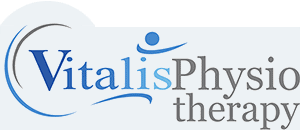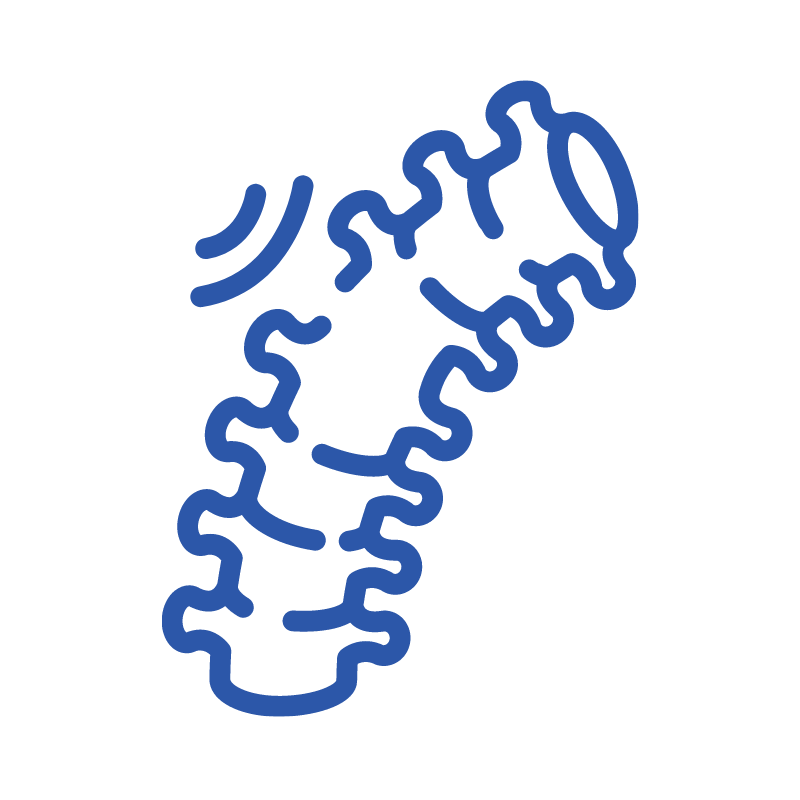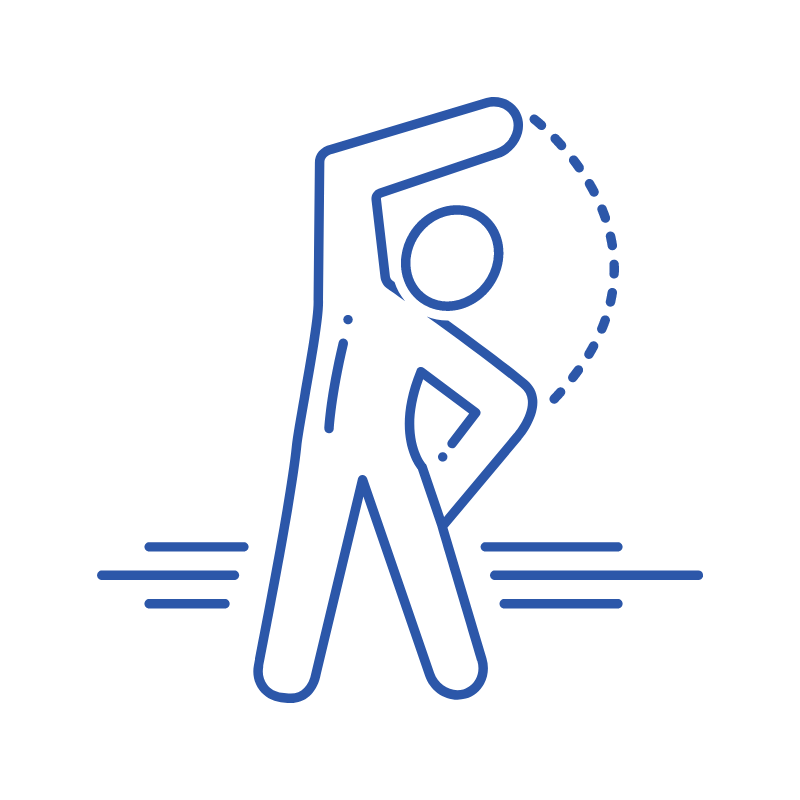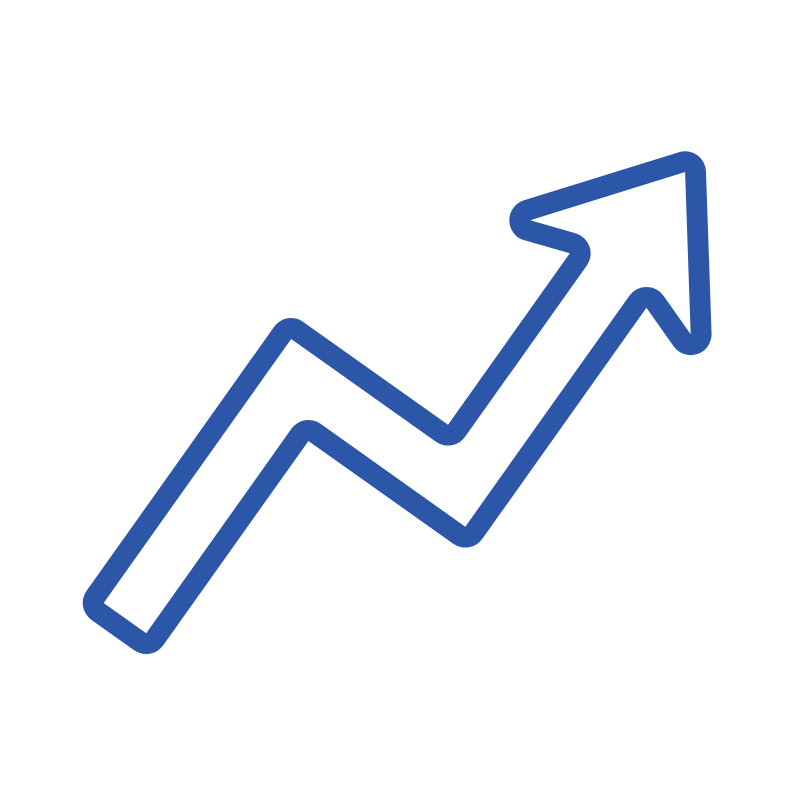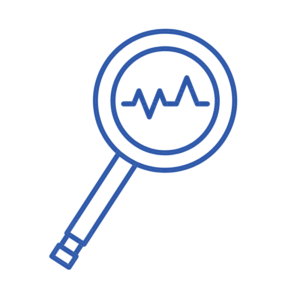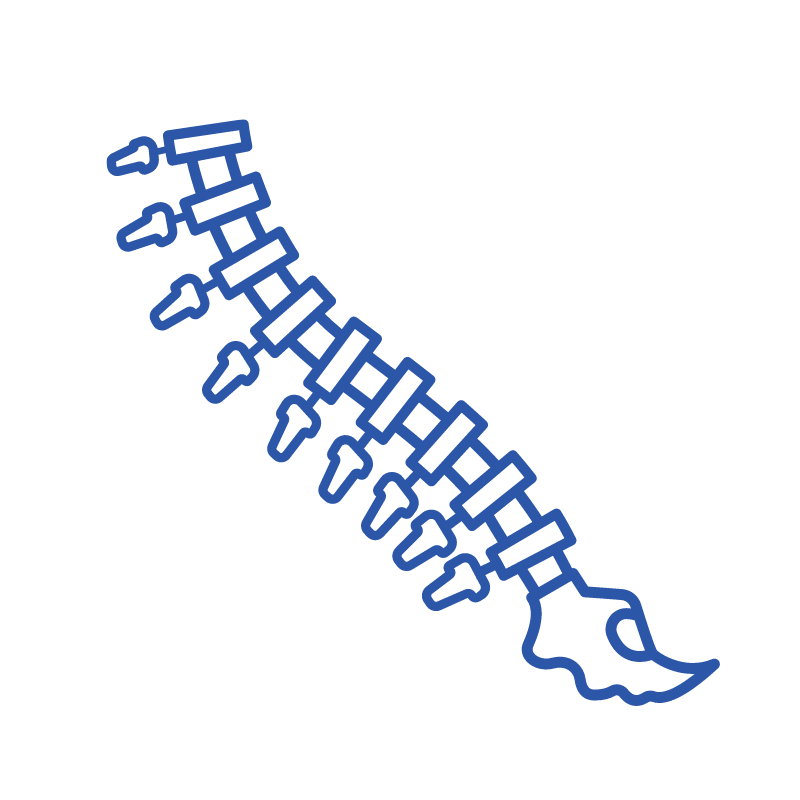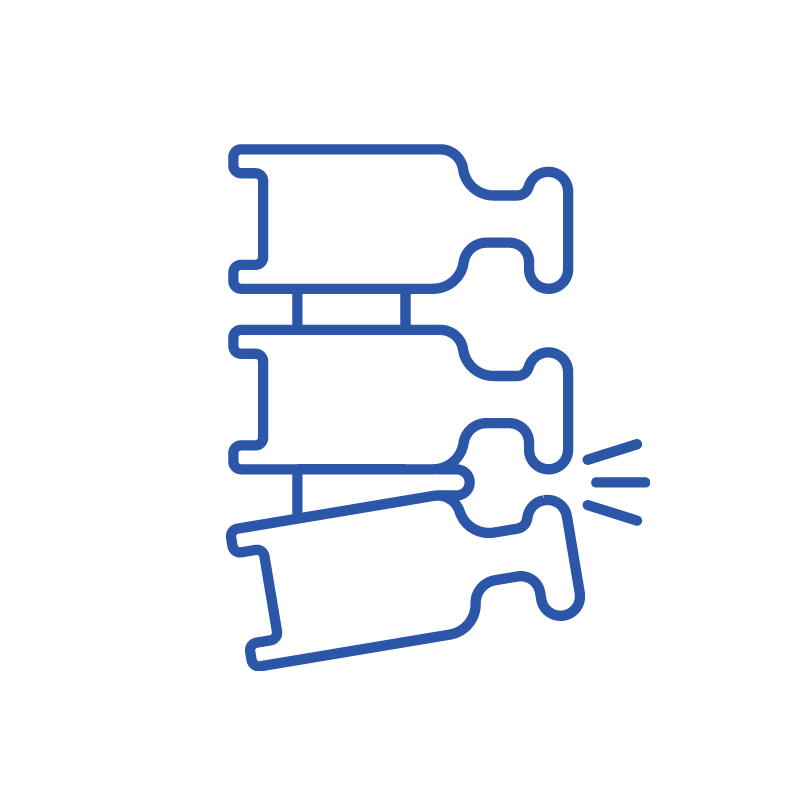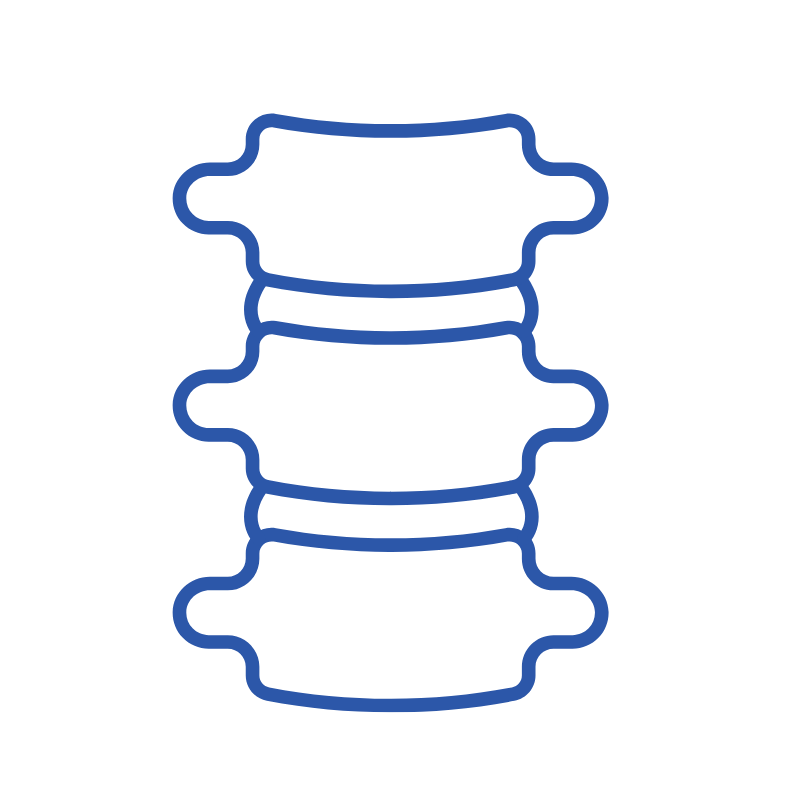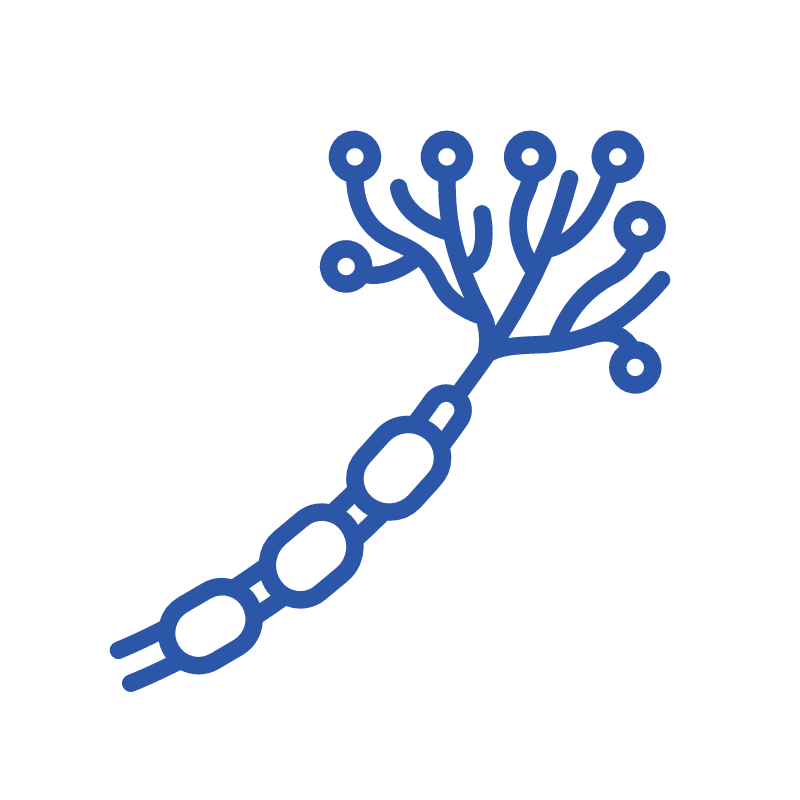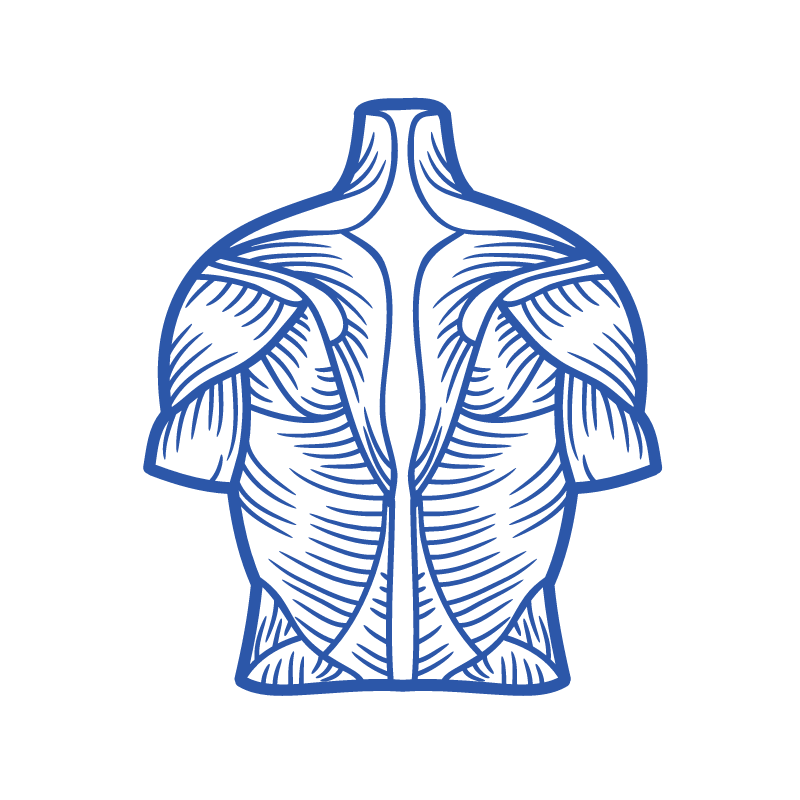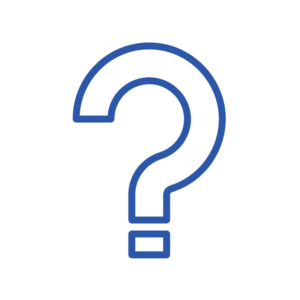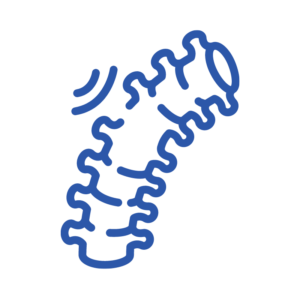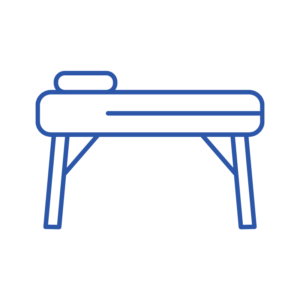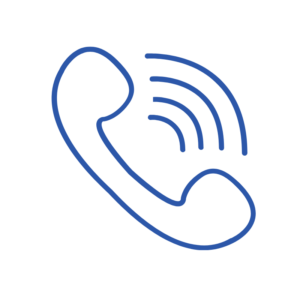Spinal injuries and conditions that affect spinal structures can cause pain and reduce mobility.
Spinal Injuries & Conditions Treatment
At Vitalis Physiotherapy, we specialise in spinal injuries and conditions to:
What are spinal injuries and conditions?
Spinal injuries and conditions vary from person to person and are caused by damage to spinal structures. This often causes the affected area to become inflamed or irritated, resulting in a myriad of painful and somewhat debilitating symptoms.
There are three main spinal regions – cervical, thoracic and lumbar. Spinal structures include vertebrae, discs, joints, nerves, ligaments and muscle. Spinal injuries and conditions to these areas can mimic each other with similar symptoms, or occur independently of each other.
Types of Spinal Injuries and Conditions
The ways these structures may be affected and other conditions they may influence include:
- Spine (all regions) – fractured vertebrae, spinal kyphosis, facet joint pain, Stenosis of C/T/L, Spondylosis of C/T/L
- Differential diagnoses (cause/affect/mimic symptoms) – nerve root compression, prolapsed/herniated discs, Radiculopathy of C/T/L, Spondylolisthesis of C/L, costovertebral joint disorders, sacroiliac joint syndrome, osteoarthritis, postural neck/back pain
- Spine (all regions) – prolapsed/herniated discs, fractured vertebrae, spinal kyphosis, facet joint pain, Stenosis of C/T/L, Spondylosis of C/T/L, nerve root compression
- Differential diagnoses (cause/affect/mimic symptoms) – Radiculopathy of C/T/L, Spondylolisthesis of C/L, osteoarthritis, postural neck/back pain
- Cervical (C) spine (neck) – wry neck, whiplash
- Thoracic (T) spine (upper/mid-back) – costovertebral joint disorders, costochondritis, T4 syndrome
- Lumbar (L) spine (lower back) – sacroiliac joint syndrome
- Spine (all regions) – facet joint pain, Stenosis of C/T/L, Spondylosis of
- C/T/L, prolapsed/herniated discs
- Differential diagnoses (cause/affect/mimic symptoms) – nerve root compression, prolapsed/herniated discs, Radiculopathy of C/T/L, Spondylolisthesis of C/L, costovertebral joint disorders, sacroiliac joint syndrome, osteoarthritis, postural neck/back pain
- Cervical (C) spine (neck) – wry neck, whiplash
- Thoracic (T) spine (upper/mid-back) – costovertebral joint disorders, costochondritis, T4 syndrome, thoracic outlet syndrome (TOS)
- Lumbar (L) spine (lower back) – piriformis muscle syndrome
- Spine (all regions) – Radiculopathy of C/T/L, Spondylosis of C/T/L, Stenosis of
- C/T/L, facet joint pain, prolapsed/herniated discs
- Differential diagnoses (cause/affect/mimic symptoms) – facet joint pain, Radiculopathy of C/T/L, Spondylolisthesis of C/L, fractured vertebrae, postural neck/back pain
- Cervical (C) spine (neck) – wry neck, whiplash
- Thoracic (T) spine (upper/mid-back) – costovertebral joint disorders, costochondritis, T4 syndrome, thoracic facet joint pain
- Lumbar (L) spine (lower back) – iliolumbar ligament sprain
- Spine (all regions) – Radiculopathy of C/T/L, Spondylosis of C/T/L
- Differential diagnoses (cause/affect/mimic symptoms) – facet joint pain, Radiculopathy of C/T/L, Spondylolisthesis of C/L, fractured vertebrae, postural neck/back pain
- Cervical (C) spine (neck) – wry neck, whiplash
- Thoracic (T) spine (upper/mid-back) – thoracic outlet syndrome (TOS)
- Lumbar (L) spine (lower back) – iliolumbar ligament sprain
- Spine (all regions) – spinal muscular spasms, Stenosis of C/T/L, postural neck/back pain
- Differential diagnoses (cause/affect/mimic symptoms) – facet joint pain, Radiculopathy of C/T/L, Spondylolisthesis of C/L, postural neck/back pain
What can cause spinal injuries and conditions?
As the type, location and severity of spinal injuries and conditions vary, as do the cause and symptoms. However, there are general risk factors which may leave you susceptible to developing or worsening a spinal condition. Age and/or gender can also influence the likelihood of diagnosis.
Some risk factors can include:
- Poor sitting/standing posture
- Prolonged periods of laborious activity
- Repetitive or sudden rotating/bending/pushing/pulling movements
- Traumatic injuries – e.g., motor vehicle accidents, falls, etc.
- Muscular spasms
- Lifestyle choices – e.g., minimal activity, obesity, etc.
- Differential or pre-existing diagnoses of musculoskeletal conditions
What are the symptoms?
General symptoms of spinal injuries and conditions can include:
- Pain in both the affected and/or surrounding area of injury
- Muscle spasms, weakness and/or fatigue
- Nerve pain (pins & needles, tingling, sharp pain, decreased sensation)
- Worsened pain with movement and/or inactivity
- Reduced range of movement
- Poor stability, balance and spinal strength
- Swelling and inflammation
- Co-morbid or differential diagnoses of musculoskeletal injuries/conditions
If the following symptoms begin suddenly they should be investigated immediately:
- Numbness in the saddle region (the area that would touch a saddle when riding)
- bilateral numbness or weakness in the legs
- Urinary or bowel issues, sudden incontinence or retention
Treatment for Spinal Injuries and Conditions
If you are experiencing pain in your neck or back, it is important that you see a medical professional to rule out any differential diagnoses of cardiac or other serious conditions. You may be referred for scans to accurately determine diagnosis.
Physical therapy is greatly beneficial at restoring movement, reducing pain and promoting healing. At Vitalis Physiotherapy, we tailor a unique treatment plan to aid in your recovery through:
- Soft tissue mobilisations (massage)
- Stretching exercises
- Restoring range of movement
- Postural improvement
- Shockwave therapy
- Dry needling
- Taping
- TENS treatment
- Pre- & Post-Surgery rehabilitation
- A unique home exercise program
- Graded Exposure to load program
Your physiotherapist may also advise heat or ice application, rest and if necessary, pain medication. Additionally, they might recommend for you to use spinal support (braces), custom foot orthotics, supportive footwear, or a suitable pillow.
How to book an appointment?
If you have a spinal injury or condition, or you’re looking for a ‘physiotherapist near me’, our physios at Vitalis Physiotherapy can assess your condition to tailor a unique rehabilitation plan to aid in your pain relief and recovery.
All you need to do is just give us a call on 0410 559 856 and request an initial appointment. Please let our friendly reception staff know the background and severity of your condition.
You can visit our FAQs for more information about appointments at Vitalis Physiotherapy.
Need Help?
Are you in pain caused by a spinal injury or condition? Contact Vitalis Physiotherapy now to book in your treatment.
Call our friendly team on 0410 559 856. We’d love to help.
